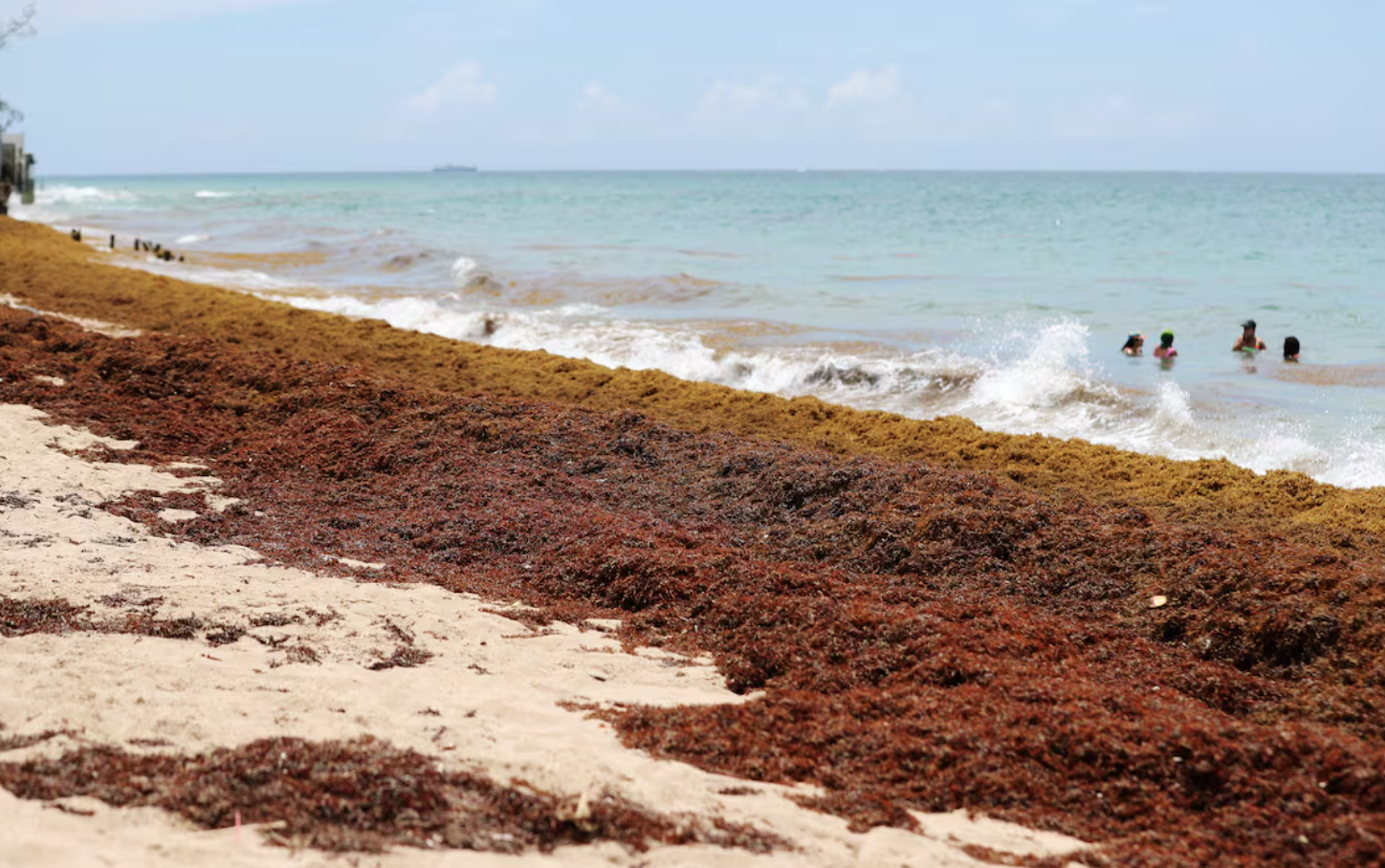The History of Piñones Beach and Its Surroundings

On San Juan’s eastern doorstep, just beyond the hotels of Isla Verde, the shoreline bends into a world of mangroves, kiosks, drumbeats, and sea breeze known as Piñones. This stretch of coast belongs to the municipality of Loíza, where Afro–Puerto Rican traditions run deep and the Atlantic trades sculpt dunes and reef pools into family-friendly coves. What many visitors experience today as a delicious street-food crawl beside a bike path grew from centuries of coastal subsistence, craft, and celebration. The history of Piñones is a conversation between sea and community—salt, sound, and sustenance stitched together along Route 187.
Coast of Mangroves and Reefs
Long before pavement, the coast here was—and remains—an ecological mosaic. The Piñones State Forest protects a belt of manglares (red, black, white, and buttonwood mangroves) that cradle brackish lagoons and filter the tides. Offshore, patch reefs and limestone shelves interrupt swell and create the calm, shallow pockets locals call positas. One of the best loved, La Posita, forms a natural pool behind a rock wall, its glassy surface often contrasting with the whitewater beyond. These features shaped daily life: mangroves supplied timber and honey; lagoons offered fish and crabs; dunes and sea grapes stabilized the coast so footpaths could thread from hamlet to shore.
From Workday Coast to Cultural Heartland
Loíza’s communities grew along rivers and wetlands, with families combining small-scale farming, fishing, foraging, and craft. The ocean served as pantry and highway; nets dried under sea grapes, and canoes slipped through channels at dawn. Over generations, the shoreline also became a stage for tradition. Bomba—an Afro–Puerto Rican music and dance form rooted in call-and-response between drums and movement—found a natural home here, as did the brightly colored vejigante masks that animate Loíza’s fiestas. The coast was not only where people worked, but where they gathered to mark time: baptisms, birthdays, saints’ days, and Sunday afternoons in the shade.
Kiosks and the Rise of the Chinchorreo
By the mid-20th century, improved roads linked Piñones to San Juan and Carolina more directly. Entrepreneurs set up informal stands along the coastal lane to feed beachgoers and cyclists: alcapurrias of yautía and green plantain stuffed with beef or crab; broad, lacy bacalaítos; empanadillas packed with lobster or octopus; piononos of sweet plantain wrapped around savory fillings. Over time, the kiosk strip became a destination in itself. What began as snacks for locals evolved into a culinary heritage corridor where recipes pass across counters as surely as stories do. Weekends still feel like a neighborhood block party—salt on the air, drums in the distance, and paper boats overflowing with frituras.
Boardwalks, Bicycles, and Everyday Access
As visitation grew, community leaders and public agencies prioritized access that respected the coast. The Paseo Tablado de Piñones—a wooden boardwalk and paved path running parallel to the beach—gave walkers, runners, and cyclists a way to experience mangroves, dunes, and ocean views without trampling fragile roots. Scenic pull-offs, shaded benches, and modest parking lots completed a low-rise, low-impact vision of recreation. This approach preserved the area’s informal vibe: rather than high-rise development, Piñones kept its horizon open and its soundtrack local.
Surf Breaks and Natural Pools
The coast here wears two faces. On the reef edges, exposed sandbars light up surf spots like Aviones during winter swells, drawing shortboarders who line the shoulder-to-shoulder takeoffs at dawn. Just up the road, families wade into protected posas with toddlers and float rings. Lifeguards, when present, watch both worlds at once; flags and local advice help visitors choose the right water for the day’s conditions. This mix—adrenaline and ease—has long defined Piñones and helped keep it relevant to multiple generations.
Boca de Cangrejos and the Working Water
At the eastern end of Isla Verde, the inlet known as Boca de Cangrejos connects lagoons to the ocean and marks a historic seam between San Juan and Loíza waters. Crab traps, small boats, and the silhouette of bridges remind visitors that Piñones is still a working coast. Even as food stalls and bike rentals flourished, the rhythms of tides, catches, and repairs persisted—echoes of a shoreline that earned its living long before it entertained.
Storms, Stewardship, and Resilience
Like all of Puerto Rico’s north coast, Piñones has weathered storms that rearrange sand and topple shade trees. After heavy weather, neighbors and volunteers organize cleanups; dunes are fenced to allow sea oats and grasses to rebound; mangrove boardwalks are repaired plank by plank. Conservation messages emphasize reef-safe sunscreen, packing out trash, and staying on marked paths so roots can keep anchoring the shoreline. The community’s response to each season has become part of the place’s identity: recovery days sit right beside festival days on the calendar.
Reading Piñones Like a Timeline
A modern visit can trace the whole arc. Roll a bicycle along the boardwalk at sunrise and listen to the mangroves wake. Wade the calm lip of La Posita and note how the reef wall bends force into foam and then into stillness. Follow the drift of drums toward a plaza where dancers answer the primo drum with swiveling steps—an echo of gatherings that long predate cars. End the day leaning against a kiosk counter, watching the road’s slow parade while a cook drops fresh batter into oil that hisses like the surf. Each moment adds a layer to a coast that has never stopped adapting.
Why the Past Matters for the Next Plate and Swim
Knowing Piñones’ history clarifies what makes it special and how to keep it that way. The mangroves are not mere backdrop; they are living infrastructure that filters water and buffers wind. The boardwalk isn’t just a scenic route; it’s a design choice that protects roots while inviting people in. The kiosks are more than restaurants; they are family legacies that turn local ingredients and migration stories into flavors. And the drums aren’t just entertainment; they are a cultural memory that travels on rhythm. Respect the flags, use the paths, tip the cooks, and listen for the beat—when you do, you become part of a shoreline that has always balanced livelihood, leisure, and pride.
Tip: Come early for empty paths and gentle pools, then circle back at dusk for bomba and frituras—Piñones’ perfect way to bookend a day.


